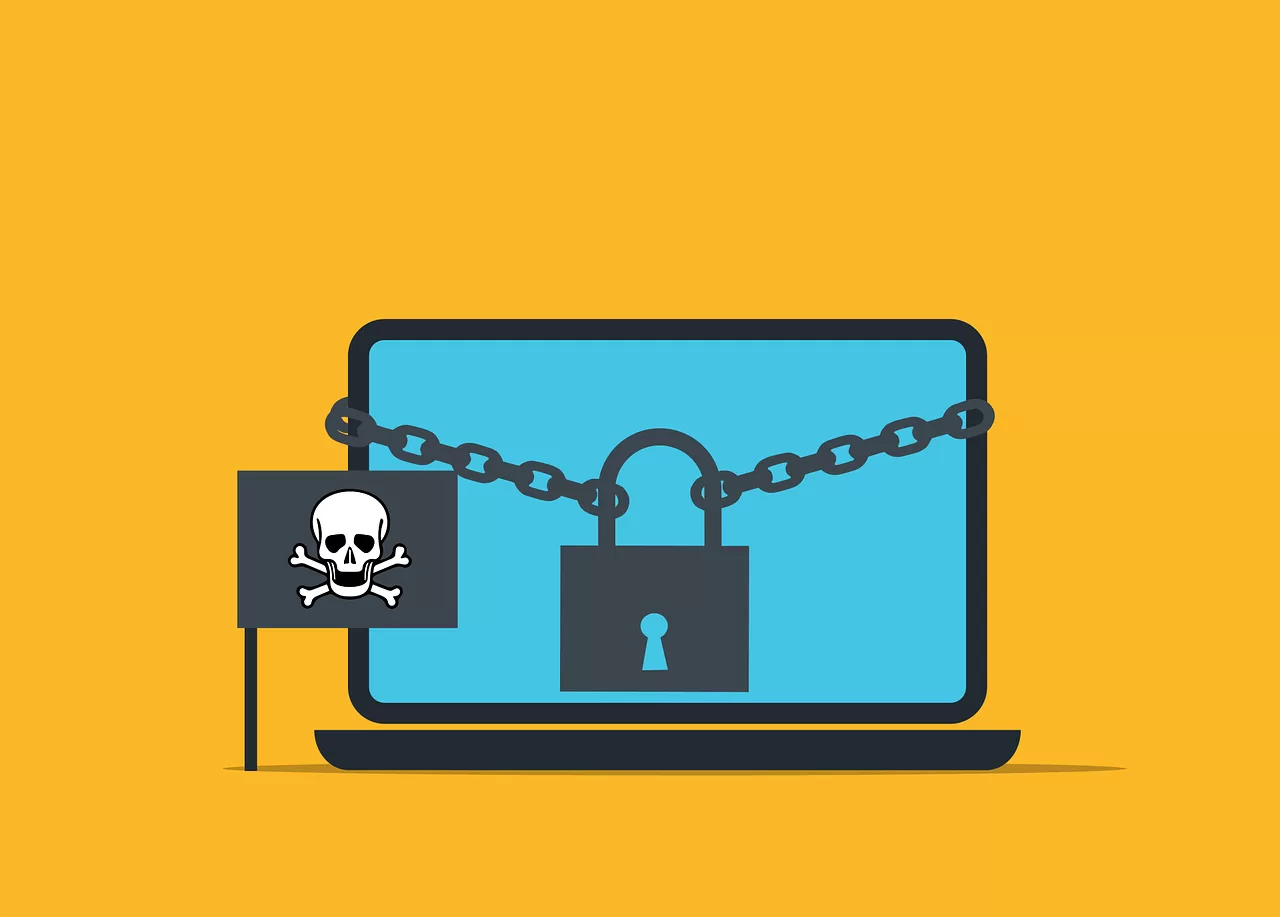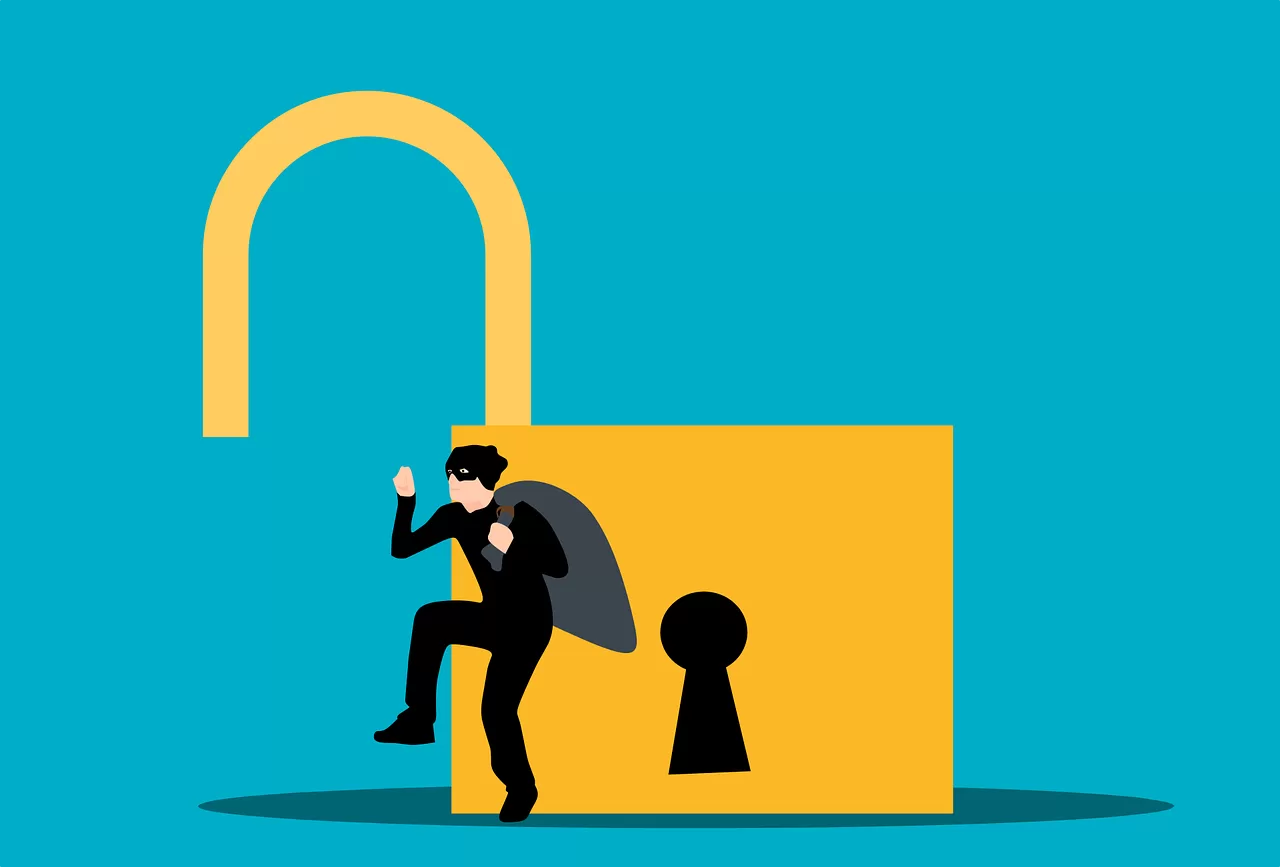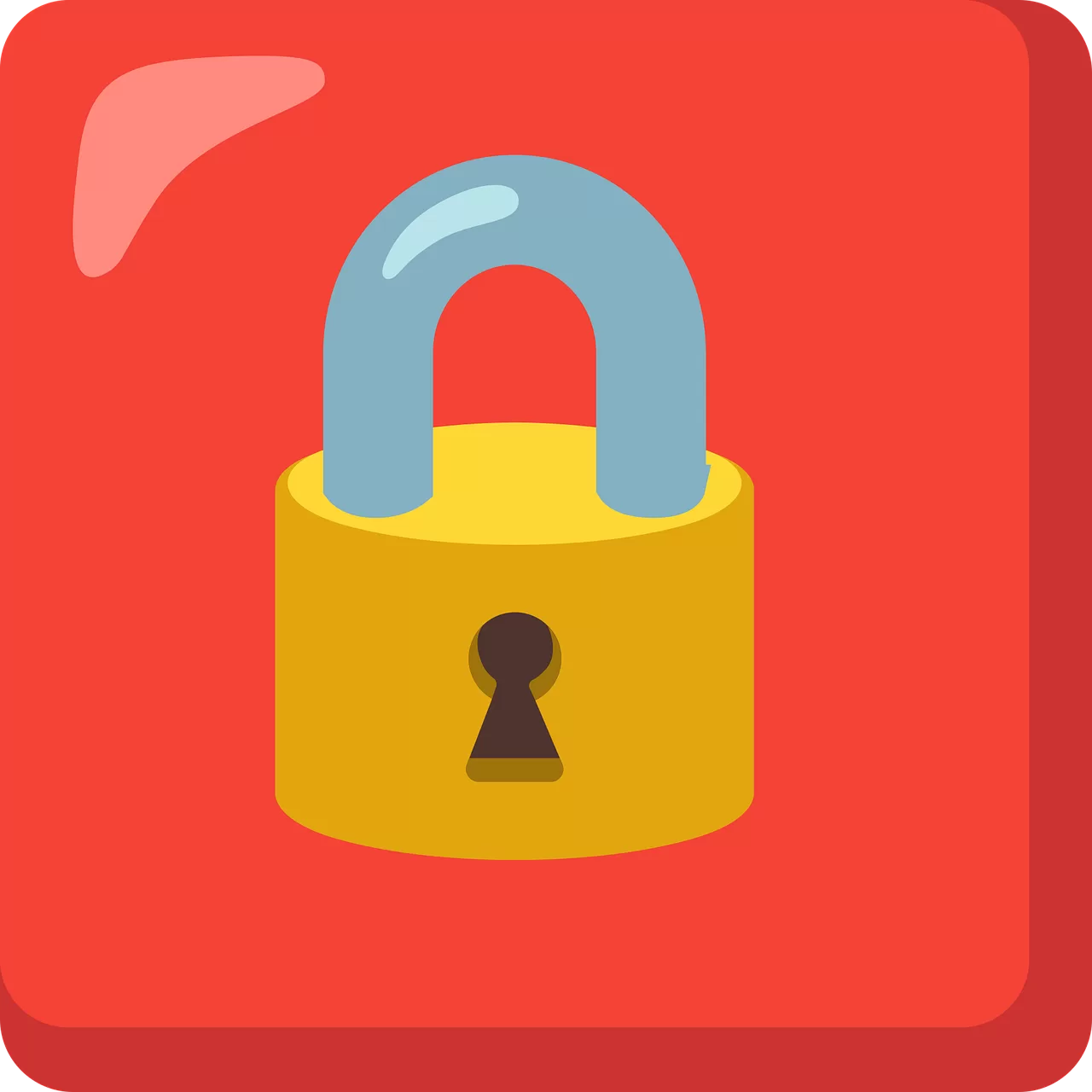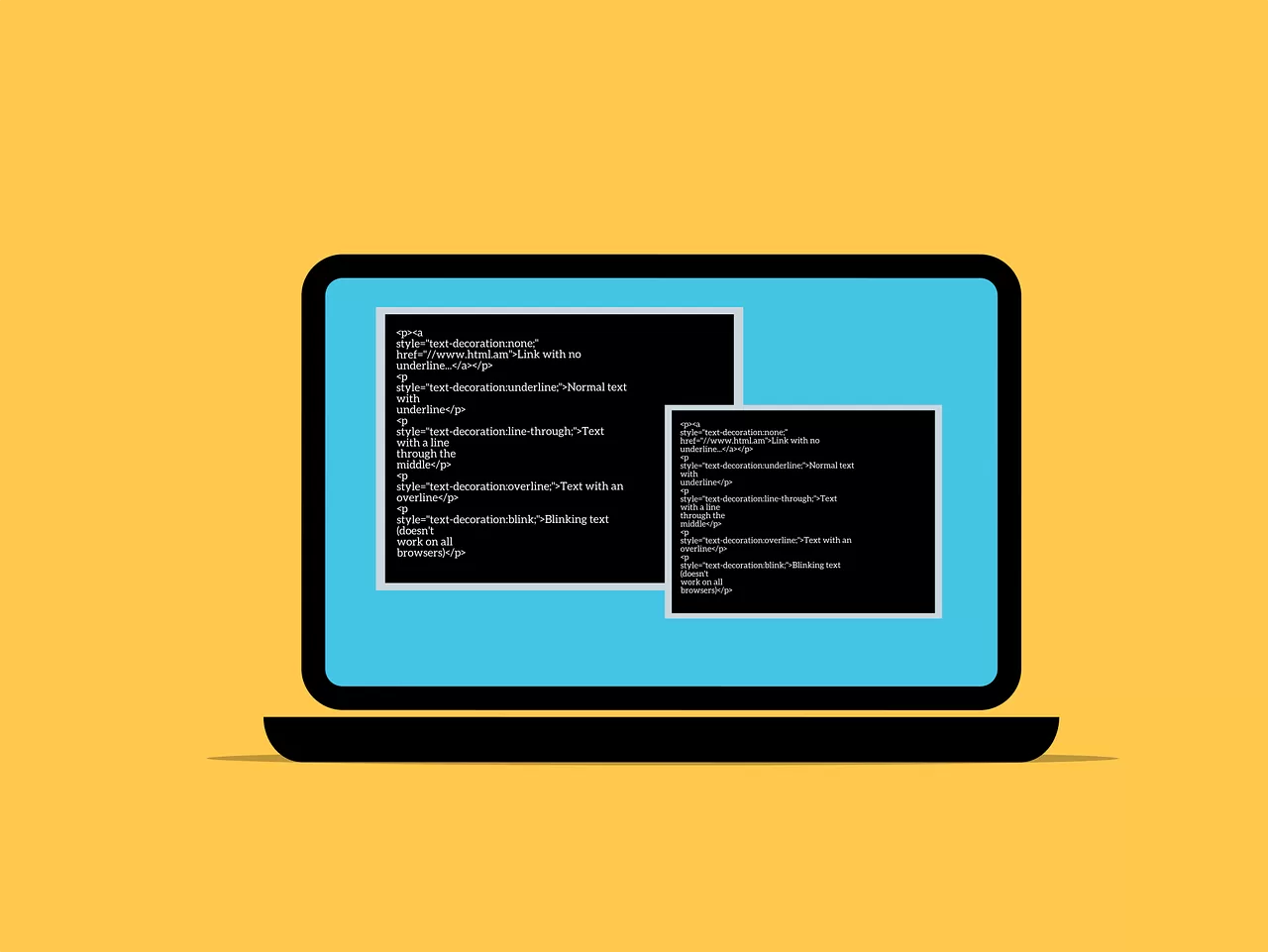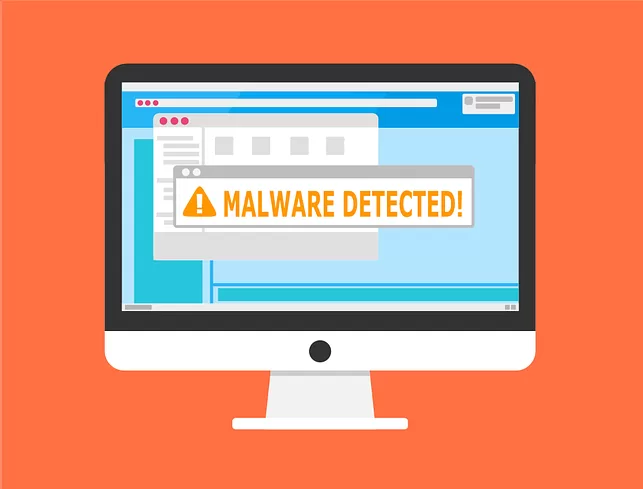Your Managed IT Blog
Ransomware is a nasty type of malware that sneaks into your computer, locks up your files, and then demands a ransom to unlock them. It’s scary, expensive, and something you definitely want to avoid. Ransomware is a real threat, but you can protect yourself by staying updated, being cautious online, and keeping backups. If you run a business, training your team and having a solid plan is essential.
Your domain and email are the frontlines of your business's online presence. With the right domain and email security, you can protect your business from these risks and keep everything running smoothly.
5 Cyber Threats You Need to Know About in 2025 In 2025, cyber threats are everywhere—lurking in emails, websites, and […]
Threat Exposure Management (TEM) is a powerful cybersecurity tool that helps businesses spot and fix weak spots in their digital systems. TEM helps you stay one step ahead by catching problems early and preventing them from becoming major headaches. Want to learn more about how TEM can protect your business? We can help you stay secure in an ever-changing digital world.
The rapid increase of Internet of Things (IoT) devices brings various security risks, including weak passwords, outdated software, and lack of encryption. To improve security, users should create strong passwords, regularly update devices, and enable encryption. Upcoming trends could lead to stricter regulations and built-in security features for safer devices.
Dark web monitoring is crucial for protecting personal data, as it scans hidden internet areas for stolen information like passwords and credit card numbers. It alerts users and businesses to potential breaches, enabling quick preventive actions. While it enhances security, practicing online safety habits remains essential. Regular checks and immediate responses are recommended.
The article emphasizes the importance of cyber hygiene in 2025, likening it to personal hygiene. Key actions include using strong, unique passwords, keeping software updated, enabling two-factor authentication, being cautious on public Wi-Fi, identifying phishing attempts, backing up data, and regularly checking privacy settings. Family education on cyber safety is encouraged.
Malvertising, a prevalent form of malware, uses deceptive online ads to distribute malware or gather personal information. Recently, its occurrence surged by 42%. Users can safeguard themselves by scrutinizing URLs, visiting websites directly, avoiding suspicious downloads, and steering clear of ad-related contact numbers. Awareness and proactive measures are crucial for online protection.
Data breaches are an unfortunate reality for businesses of all sizes. How you handle the aftermath can have a huge […]
These days, everything is connected—including the software your business runs on, whether it’s installed on your servers or in the cloud. That’s why it's crucial to protect the whole process that develops and delivers your software. Every single step, from the tools developers use to the way updates are pushed out, plays a role in keeping things secure. If any part of this process is compromised, the impact could be severe. So, how do you avoid something happening to you? Let’s dive into why securing your software supply chain is super important.

